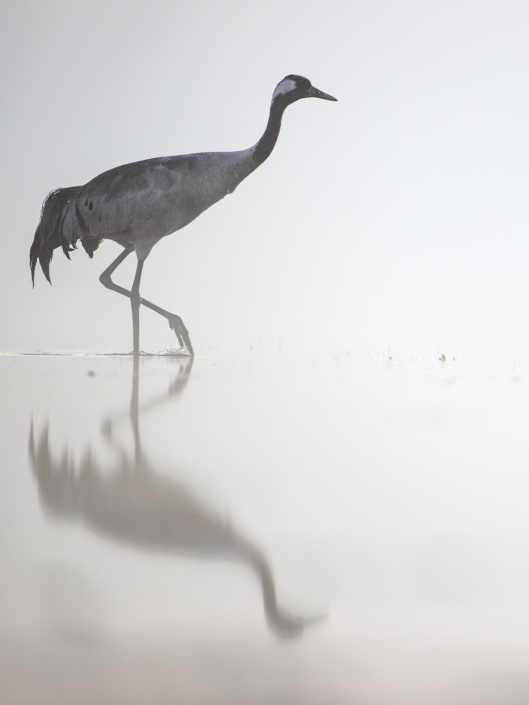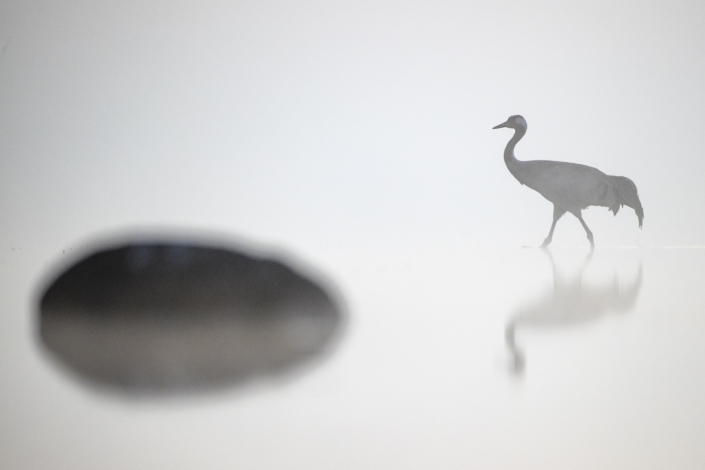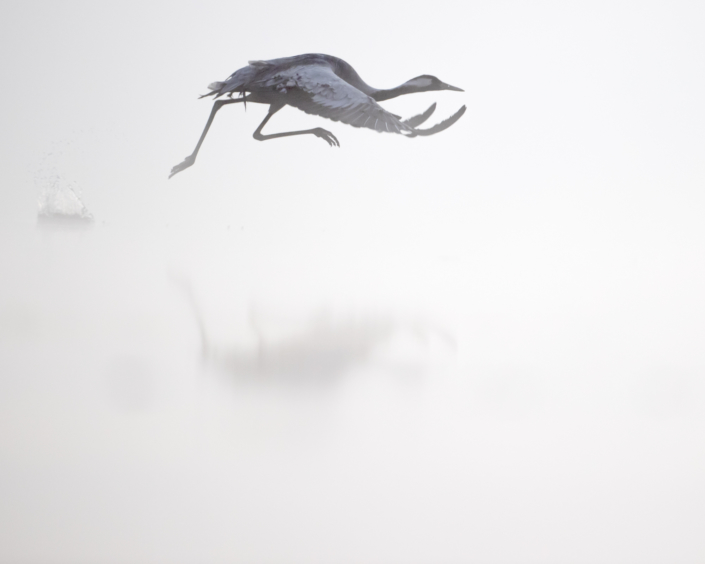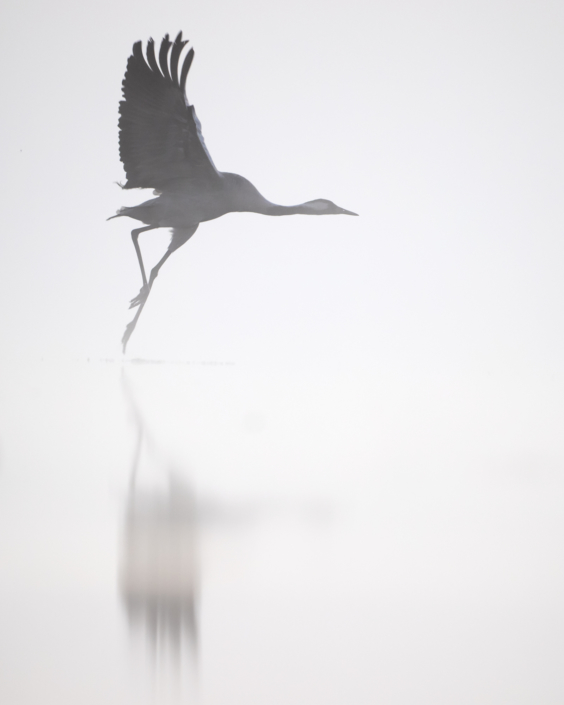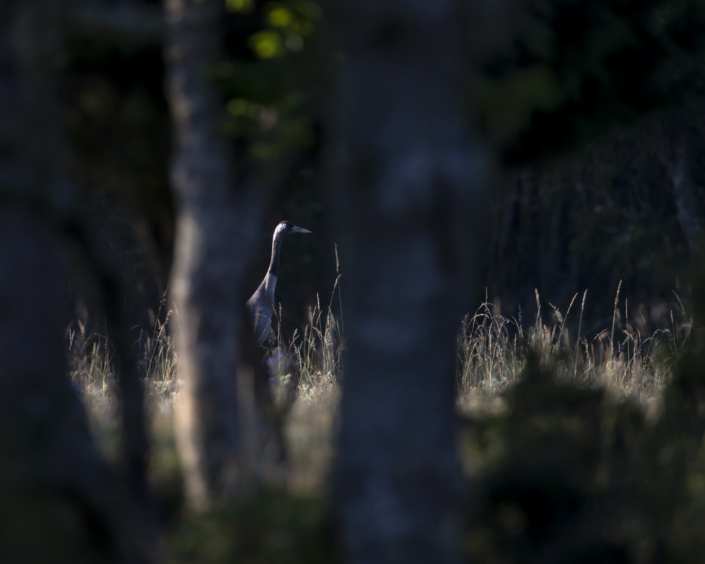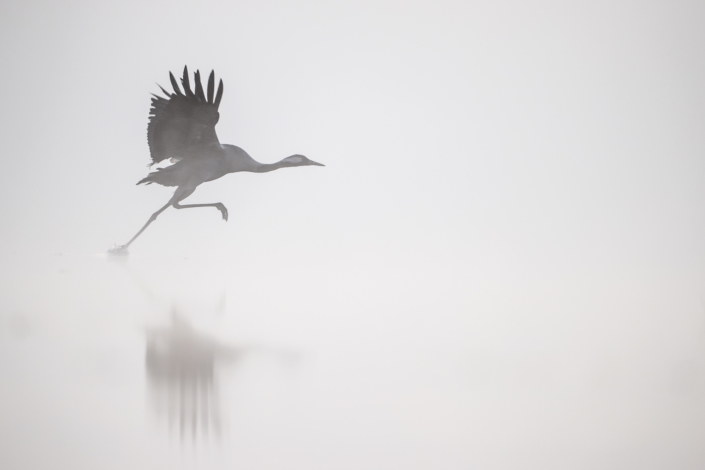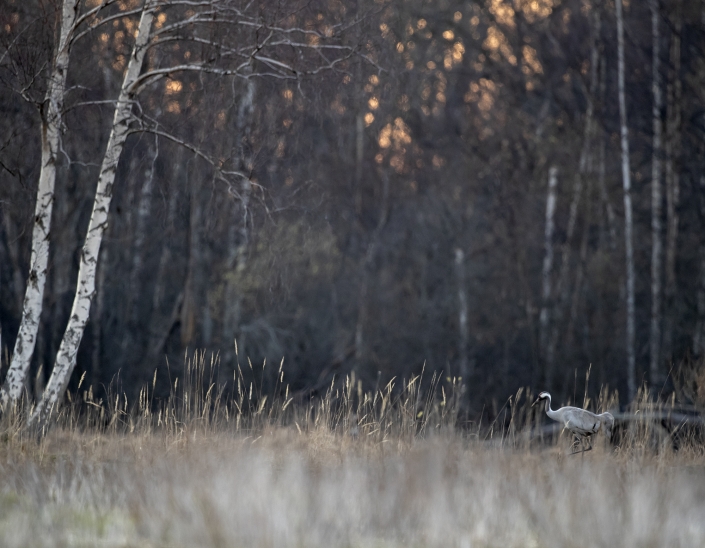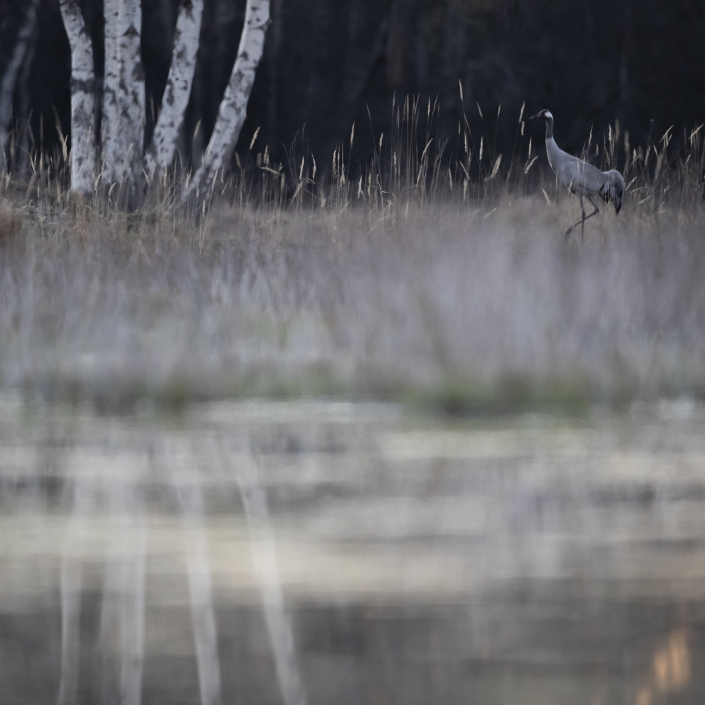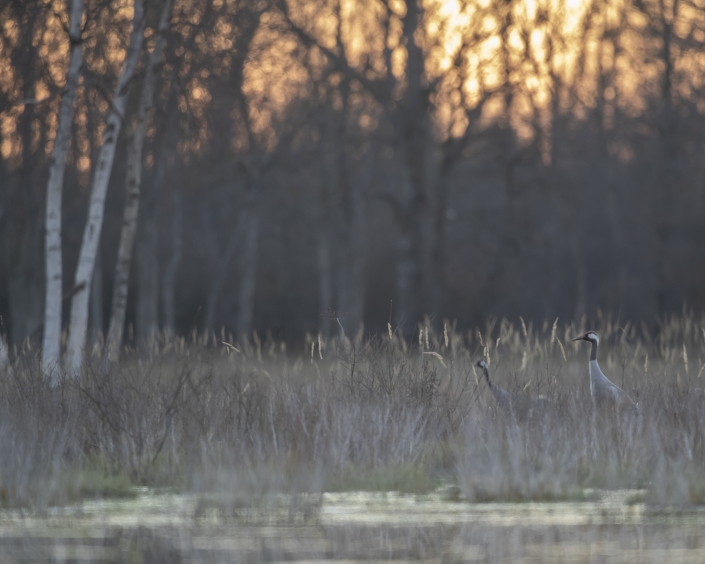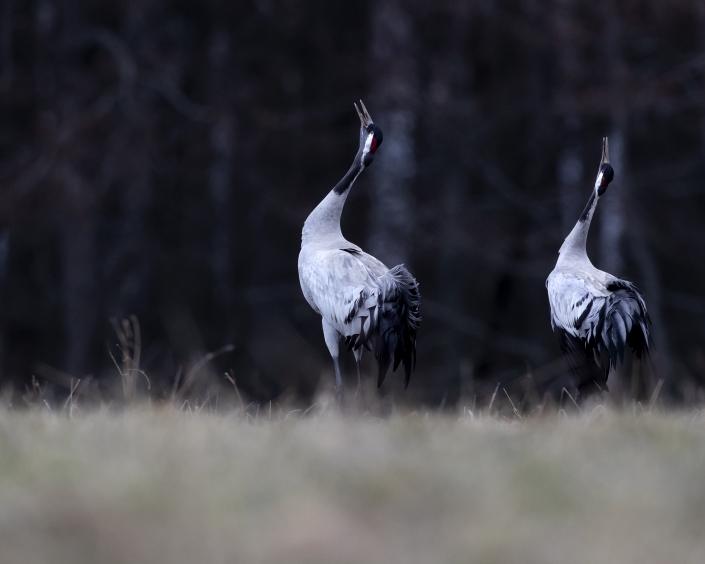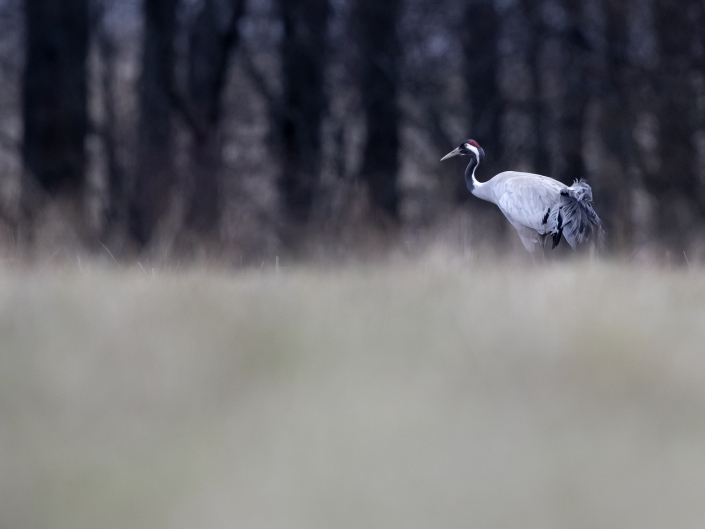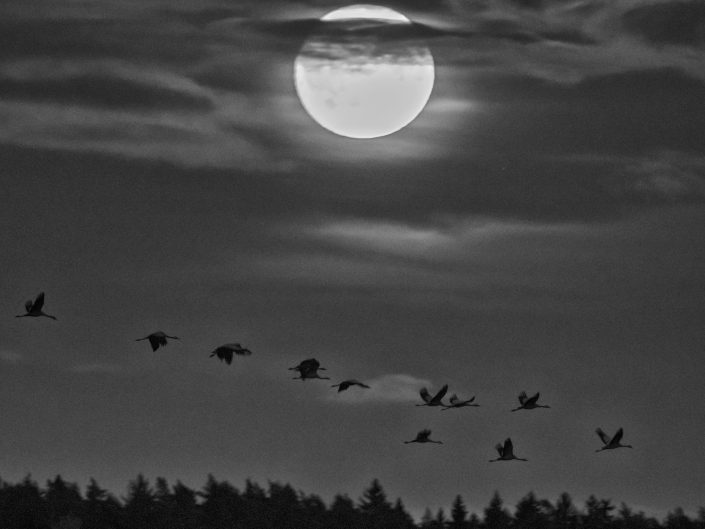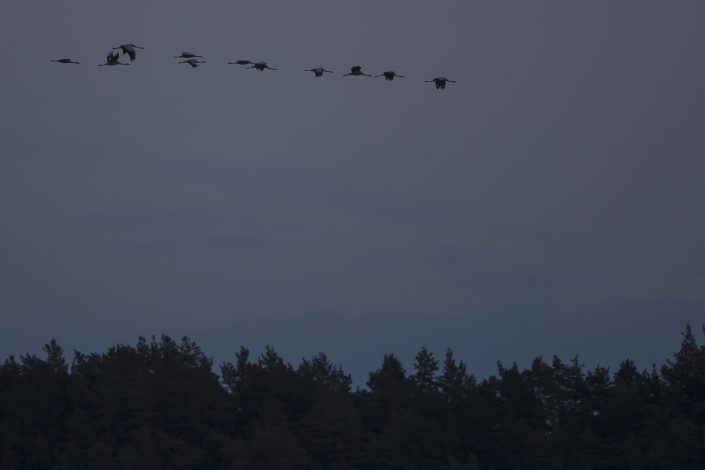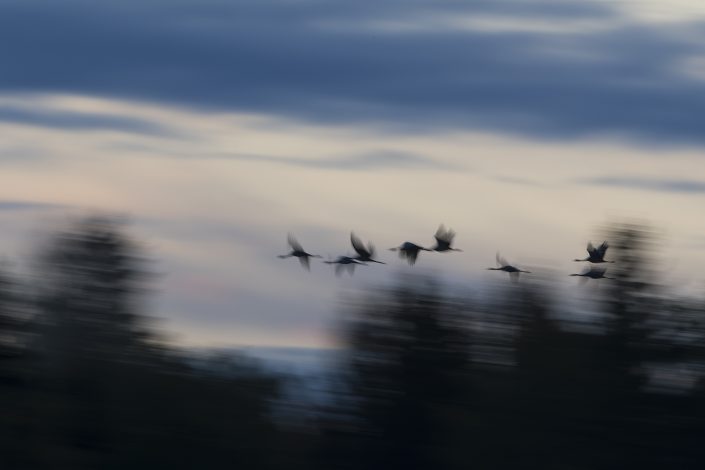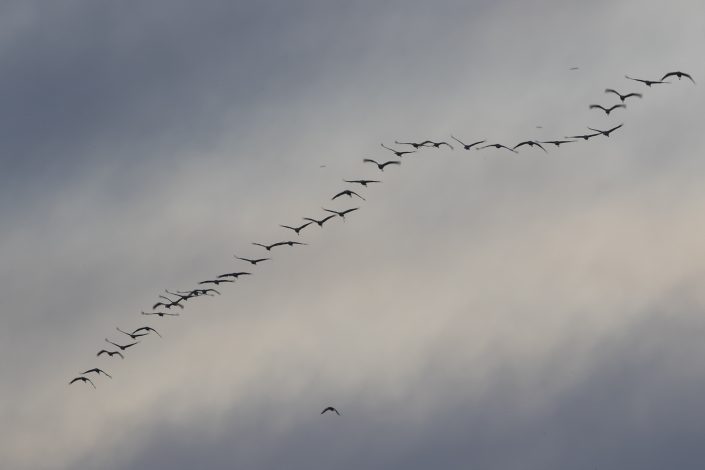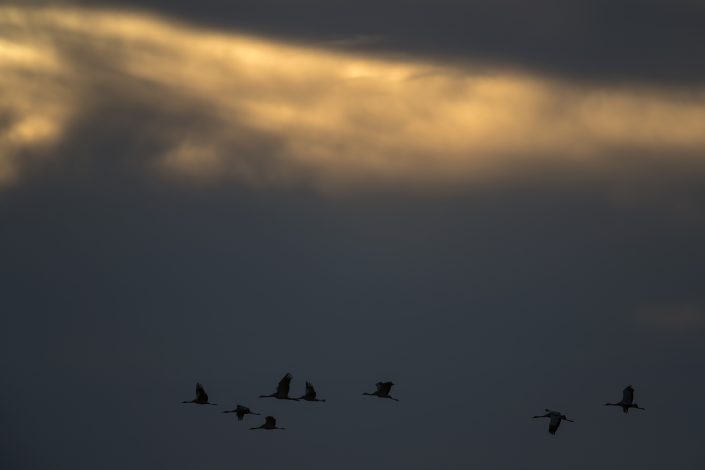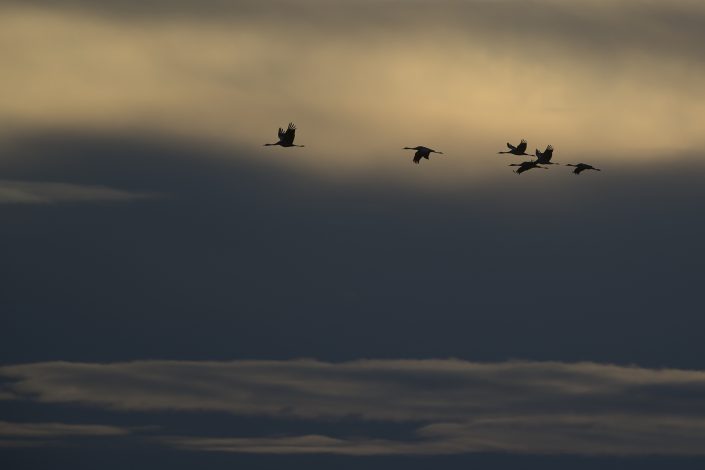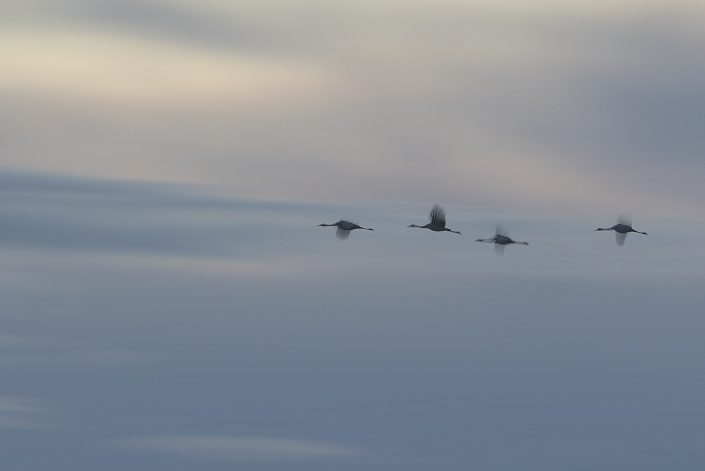This post is also available in: Swedish
Common crane – Grus grus
Common crane – Grus grus
common crane, also known as the Eurasian crane, is a bird of the family Gruidae, the cranes.
A medium-sized species, it is the only crane commonly found in Europe besides the demoiselle crane (Anthropoides virgo). Along with the sandhill (Grus canadensis) and demoiselle cranes and the brolga (Grus rubicunda), it is one of only four crane species not currently classified as threatened with extinction or conservation dependent at the species level. The common crane is a large, stately bird and a medium-sized crane. It is 100–130 cm (39–51 in) long with a 180–240 cm (71–94 in) wingspan. The body weight can range from 3 to 6.1 kg (6.6 to 13.4 lb), with the nominate subspecies averaging around 5.4 kg (12 lb) and the eastern subspecies (G. g. lilfordi) averaging 4.6 kg (10 lb). Among standard measurements, the wing chord is 50.7–60.8 cm (20.0–23.9 in) long, the tarsus is 20.1–25.2 cm (7.9–9.9 in) and the exposed culmen is 9.5–11.6 cm (3.7–4.6 in).
This species is slate-grey overall. The forehead and lores are blackish with a bare red crown and a white streak extending from behind the eyes to the upper back. The overall colour is darkest on the back and rump and palest on the breast and wings. The primaries, the tips of secondaries, the alula, the tip of the tail, and the edges of upper tail coverts are all black and the greater coverts droop into explosive plumes. This combination of colouration ultimately distinguishes it from similar species in Asia, like the hooded (G. monacha) and black-necked cranes (G. nigricollis). The juvenile has yellowish-brown tips to its body feathers and lacks the drooping wing feathers and the bright neck pattern of the adult, and has a fully feathered crown. Every two years, before migration, the adult common crane undergoes a complete moult, remaining flightless for six weeks, until the new feathers grow.
It has a loud trumpeting call, given in flight and display. The call is piercing and can be heard from a considerable distance. It has a dancing display, leaping with wings uplifted, described in detail below.
It sounds like this
Recording by Eetu Paljakka from Xeno canto













